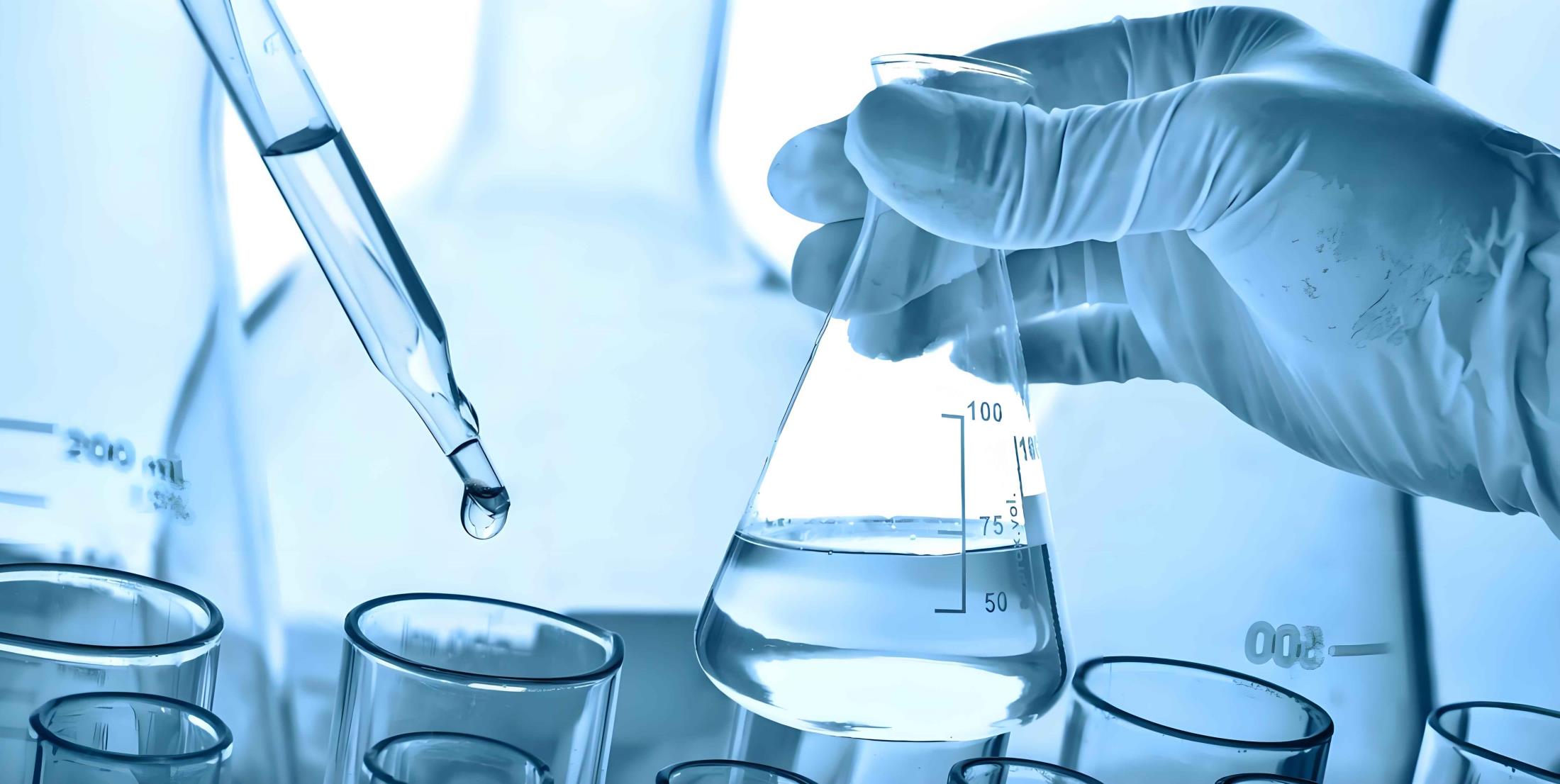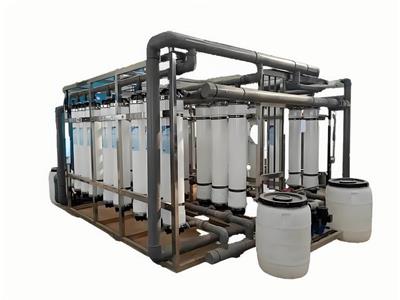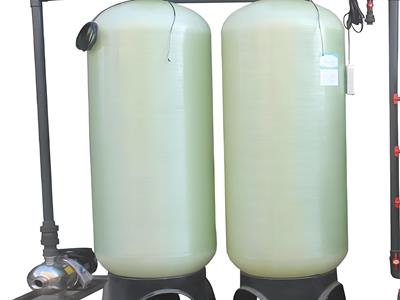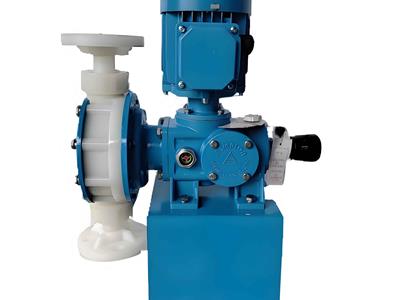- 2025-07-22
How to Remove Trihalomethanes from Drinking Water
What are THMs?
Trihalomethanes (THMs) are byproducts of the chlorination process of drinking water and are commonly found in surface water sources that contain organic matter. These compounds are formed when chlorine reacts with natural organic matter in water.
Removing THMs from Water
The following are proven treatment technologies that effectively reduce the THM content in drinking water and produce ultrapure water:
Activated Carbon Filtration
Activated carbon filters are widely used to remove residual chlorine from municipal water supplies. After chlorine is discharged from the water plant, it combines with organic matter in the water during the pipeline transportation process to form trihalomethanes. This technology removes residual chlorine by adsorption, blocking the formation of THMs at the source.
Reverse Osmosis System
Reverse osmosis (RO) can effectively remove harmful substances such as trihalomethanes and is a reliable process for producing safe drinking water. The system uses a semi-permeable membrane to block dissolved solids, salts and contaminants to produce clean water. Many studies have confirmed that RO is one of the most effective purification solutions for removing trihalomethanes, chlorine, lead, fluoride and microorganisms.
Softening water system
Softening water system using ion exchange resin can effectively remove THM from drinking water. The system softens water by replacing hardness-causing ions such as calcium and magnesium. Softening not only reduces the amount of detergent used, but also significantly reduces the maintenance costs associated with scale in commercial operations.
Ultraviolet disinfection system
Ultraviolet (UV) water purification equipment destroys the molecular structure of microbial DNA and chemicals such as THMs through ultraviolet light of a specific wavelength. When water flows through the system, ultraviolet radiation can effectively break chemical bonds, achieving pure physical purification without the addition of chemical agents. This technology can 100% inactivate pathogenic microorganisms and decompose trace pollutants, removing chemical pollutants while ensuring biological safety.
Challenges
Health risks of THMs in water
Research in the field of water treatment has pointed out that trihalomethanes have been confirmed to have carcinogenic risks, and some studies have also found that they are associated with adverse reproductive outcomes. Although the pathogenic mechanism needs further verification, controlling the concentration of THMs in drinking water has become an industry consensus.
THMs exposure pathways
The human body is mainly exposed to such substances by drinking tap water containing THMs. In addition, inhaling steam when showering or skin contact with bathing water may also be exposure pathways.
Solutions
For different application scenarios, the following professional water treatment systems are recommended:
Commercial reverse osmosis system series
Commercial brackish water reverse osmosis system series
Industrial reverse osmosis system series
Industrial brackish water reverse osmosis system series
Industrial grade ultraviolet disinfection (UVI series)
Commercial ultraviolet disinfection (UVC series)
Advantages
Controlling the concentration of trihalomethanes in drinking water is essential to protect public health and can effectively reduce the risk of cancer and potential reproductive health hazards.






